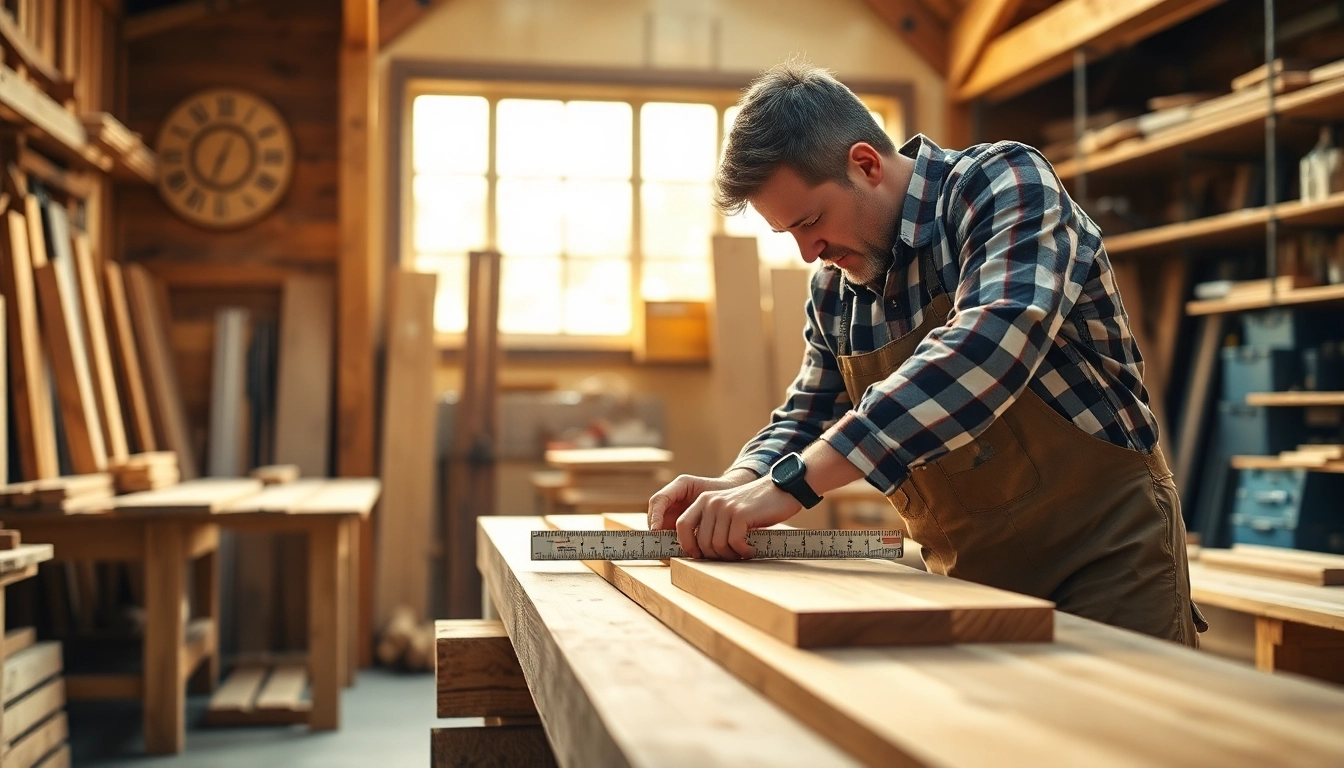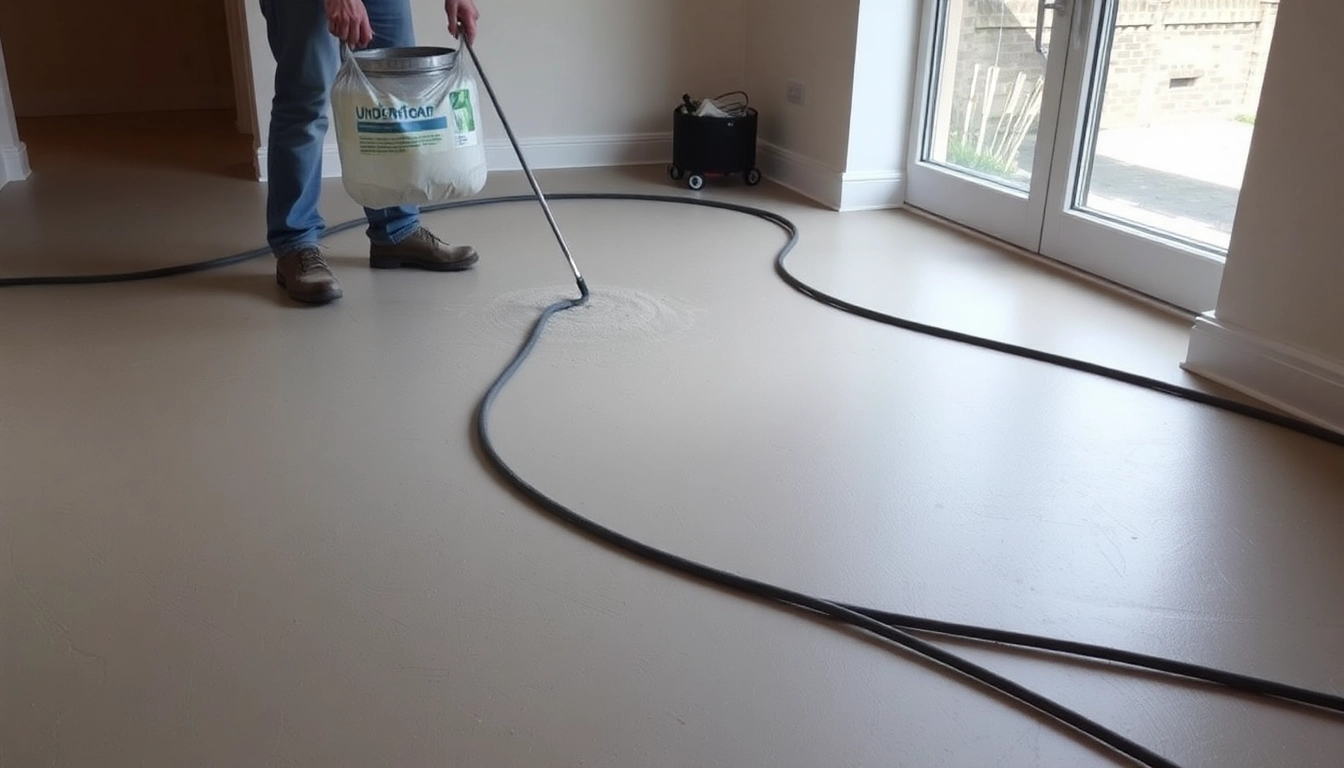Understanding Chimney Repairs: Types and Signs
Common Chimney Issues Requiring Repairs
Chimneys are vital components of many homes, serving as both functional elements for venting smoke and gases and as architectural features that contribute to the overall aesthetic. However, over time, various issues can arise that compromise their integrity and safety. Common problems include cracked or dislodged bricks, deteriorated mortar joints, water leaks, chimney leaks, spalling bricks, and damage caused by storm or weather conditions. Structural issues such as leaning or bulging chimneys may also occur, often resulting from foundation settlement or excessive thermal stress.
One of the most frequent concerns is creosote buildup, which poses significant fire risks if not properly cleaned. Additionally, damaged flaunching (the mortar that seals the joint between the chimney and the roof) can lead to water ingress, causing further deterioration. Chimney liners may also degrade, leading to increased risk of toxic gases entering the living space or increased structural stress. Recognizing these issues early is critical to prevent costly repairs or dangerous situations.
Identifying Early Warning Signs
Early detection of chimney problems can save homeowners significant time and expense. Key signs to watch for include the presence of loose bricks, mortar joint cracks, or crumbling mortar. If you notice water stains or damp patches on interior walls or ceilings near the chimney, this could indicate leaks needing attention. Other indicators include unpleasant odors, smoke backing up into the house, or a decrease in the chimney’s draft efficiency.
Physical changes such as leaning or bulging sections are serious and require immediate inspection. Visible soot or creosote deposits on the exterior or interior chimney surface are also signs that cleaning or repairs may be overdue. Regular visual inspections, especially after severe weather, can help identify issues before they develop into more severe faults.
When to Call a Professional
While some minor maintenance tasks can be performed by competent DIY enthusiasts, many chimney repairs necessitate professional expertise. Contact a qualified chimney repair specialist if you observe significant cracks, leaning structures, water ingress, or if the chimney shows signs of structural instability. Expert assessment is essential for diagnosing hidden issues such as lining deterioration or internal cracks that are not visible from the outside.
Additionally, any signs of a compromised chimney flue or a suspected leak should prompt immediate specialist intervention. Safety is paramount when working around elevated structures and potentially hazardous materials like soot and creosote. Professional chimney repair services come equipped with the necessary tools, materials, and knowledge to ensure that repairs are effective, durable, and compliant with safety standards.
Best Practices for Chimney Repairs and Maintenance
Choosing the Right Repair Method
Decay and damage are inevitable over the lifespan of a chimney, but selecting appropriate repair methods is crucial. The repair process depends heavily on the specific issue, the chimney’s age, and its material construction. Common corrective techniques include repointing, where damaged mortar is replaced; rebuilding, which involves replacing entire sections of brickwork; relining, to restore interior linings; and waterproofing treatments to prevent water ingress.
For minor defects, tuckpointing (refilling mortar joints) can restore structural integrity and aesthetic appeal. More extensive damage may require partial or full rebuilds, especially if the brickwork is crumbling or there are structural cracks. Relining with stainless steel or clay liners can enhance safety by ensuring proper flue gases venting and improving insulation. Careful assessment by a seismic and structural engineer ensures that the selected repair method effectively addresses the specific problem.
Materials and Techniques for Long-Lasting Results
Using high-quality materials tailored to the specific needs of the chimney is essential for durability. Masonry repairs typically utilize Portland cement-based mortar for strength and weather resistance, while lime mortar is preferred for historic or delicate structures due to its flexibility and breathability. Modern waterproof sealants and breathable coatings can extend lifespan by protecting against water damage.
Advanced techniques, such as chimney relining with stainless steel, provide corrosion resistance and improve flue efficiency. Repointing with anti-weathering mortar prolongs the life of the masonry, while cap and crown restorations protect the chimney top from rain and frost damage. Employing the latest technologies and materials ensures that repairs are resilient against UK weather conditions, which can be severe and variable.
Cost Factors and Budgeting
Chimney repair costs vary widely depending on the extent of damage, the type of repairs needed, and regional labor rates. Minor repairs like repointing or chimney cap replacements could start at around £300-£600, whereas extensive rebuilds or relining projects may cost several thousand pounds, with averages between £2,000 and £4,000. Factors influencing the cost include the chimney’s height, accessibility, materials used, and whether internal inspection or lining is necessary.
Additional expenses can include scaffolding, hazardous material removal, and aftercare treatments. It’s prudent to obtain multiple quotes from reputable contractors and clarify what is included in the estimate. Investing in quality repairs now can prevent more costly damage in the future, especially considering the UK’s unpredictable weather patterns that challenge chimney integrity.
Step-by-Step Guide to DIY and When to Hire Experts
Simple Repairs Homeowners Can Perform
Some minor maintenance tasks are manageable without professional intervention. This includes clearing debris from the chimney crown, installing or replacing chimney caps to prevent water ingress and animal entry, and re-caulking or sealing minor cracks to inhibit water penetration. Regularly cleaning the exterior surface to remove moss, algae, and soot can help maintain appearance and prevent moisture retention.
It’s essential for DIY repairs to adhere to safety protocols, such as working from stable ladders or scaffolding, wearing protective gear, and avoiding working at heights alone. Using appropriate products designed for chimney brick and mortar is critical for effective sealing and longevity.
When to Engage a Certified Chimney Repair Specialist
If you notice structural issues, internal damage, or signs of significant deterioration, hiring a professional is necessary. Certified chimney technicians are trained to assess and repair complex problems, including chimney lining repairs, internal crack diagnosis, or rebuilding efforts. An inspection using specialized tools, such as borescopes or thermal cameras, can reveal issues inaccessible to untrained eyes.
Choosing experienced professionals ensures compliance with safety standards, building codes, and guarantees the quality of workmanship. For comprehensive inspections and major repairs, involving experts minimizes the risk of oversight and future complications.
Ensuring Safety During Repairs
Safety guidelines are non-negotiable in chimney repairs. When working at heights, use certified scaffolding or harness systems. Employ proper personal protective equipment—gloves, goggles, respirators—and ensure proper ventilation especially when dealing with old mortar or asbestos-containing materials in historic chimneys.
Always turn off household appliances and avoid working during adverse weather conditions. If in doubt, consult professionals who adhere to industry standards. Ensuring safety not only protects you but also guarantees that repairs provide lasting peace of mind.
How to Find Reliable Chimney Repair Services Near You
Evaluating Local Contractors and Reviews
Locating reputable chimney repair specialists begins with research. Use trusted platforms like TrustATrader or Checkatrade to find vetted and reviewed local contractors. Pay close attention to customer feedback, their years of experience, and their specialization areas. Viewing completed project images and reading detailed reviews offer insights into their workmanship and reliability.
Request references and verify references’ satisfaction with the service. Ensuring the contractor holds appropriate certifications and insurance coverage further confirms legitimacy and protection against potential liabilities.
Questions to Ask Before Hiring
Before committing to a contractor, prepare a list of pertinent questions: Are they qualified and insured? What specific repairs do they recommend? What materials will they use? Can they provide a detailed written estimate? What warranties or guarantees are offered? Do they follow UK building regulations and safety standards?
Open dialogue helps clarify scope, costs, and expectations, fostering confidence in your selection. Remember that a reputable contractor will be transparent and willing to answer all questions thoroughly.
Understanding Price Estimates and Service Guarantees
Cost estimates should be comprehensive and itemized, clearly differentiating between labor, materials, and additional expenses. Avoid contractors who provide vague or overly low quotes, as this can suggest hidden costs or substandard materials. Confirm whether the estimate includes removal of old materials, scaffolding, cleanup, and follow-up inspections.
Guarantees or warranties on repairs are critical indicators of quality commitment. A trustworthy provider offers assurances that repairs will withstand weather conditions and adhere to safety standards, typically lasting several years.
Preventive Maintenance and Future Upkeep
Regular Inspection Schedules
Proactive maintenance is vital for extending the lifespan of your chimney. Schedule inspections at least once a year, ideally before winter, when the increased use and weather threats are imminent. Post-storm inspections are also beneficial to assess any storm-induced damage.
An internal inspection, often using a chimney camera, can reveal hidden cracks, liner issues, or blockages. Exterior inspections should check for mortar deterioration, loose bricks, or water stains. Incorporate professional checks, especially if your chimney is historic or experiences frequent weather stress.
Cleaning and Repointing Tips
Regular cleaning of soot and creosote buildup reduces fire risk and improves drafting efficiency. Professional cleaning involves removing debris from the interior flue, applying cleaning agents, and inspecting for damage. Repointing, the process of renewing mortar joints, is crucial in preventing water ingress and structural decay.
Use breathable, weather-resistant mortar specially formulated for outdoor masonry. Timing is key; frequent inspections help determine when repointing is needed. For safety and results, enlisting professional masonry services is highly recommended.
Upgrading Old Chimneys for Better Safety
Older chimneys may need upgrades to meet current safety and efficiency standards. This can include installing stainless steel liners to prevent liner failure, sealing or replacing damaged mortar, adding rain caps, and improving ventilation. Replacing outdated materials with modern, durable alternatives enhances safety and reduces future repair costs.
In some cases, structural reinforcement or partial rebuilds may be advisable, especially if the chimney shows signs of leaning or cracking. Upgrades not only improve safety but can also increase home value and energy efficiency.




